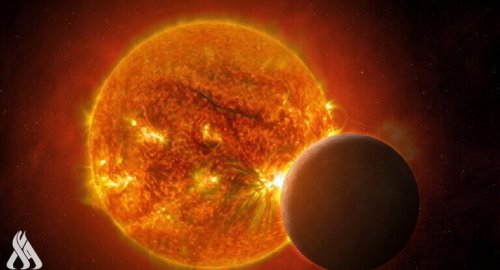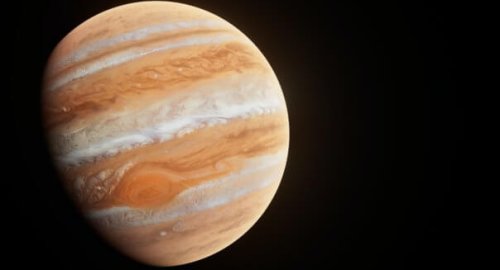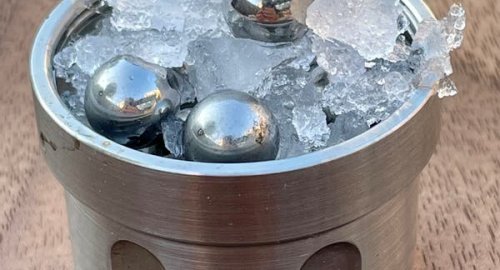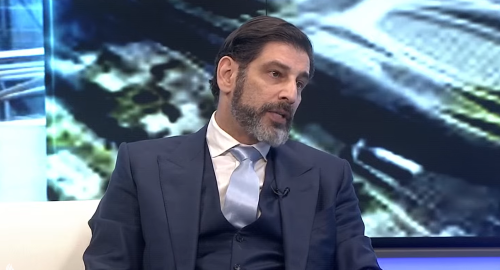
Queen Elsa? NASA Snaps Rare 'Ice Halo' Around the Sun That Resembles Scene From Disney's Frozen

Multimedia
- 22-12-2023, 09:34
INA- sources
NASA was able to snap a stunning picture of a church close to Füssen in Bavaria that is surrounded with "ice halos." This is a rare phenomenon that is due to frozen crystals of water in the air.
Ethereal Ice Halos Captured
The ethereal optical spectacles could have the shape of a ring, arc, or even spots over the sky. NASA notes that the shot is rare as it captured several halos in a single go. This includes one with the shape of a hot air balloon.The snap was taken earlier this month by Bastian Werner, a German photographer, who was snapping shots close to the church. He then posted it on Instagram, describing it as very rare and as a perfect motif. The snap can be likened to a scene of Disney's Frozen.
The photo was then chosen by NASA on Wednesday for the Astronomy Picture of the Day (APOD) website, which presents fresh shots to the public every day.
According to NASA, the rarest among them is the balloon-shaped curve that connects to the top arc to the Sun. This is also known as the heliac arc. It results from the reflection of the sides of ice crystals with a hexagonal shape and that are suspended horizontally.
How Ice Halos Form
When temperatures are cold enough (below zero degrees Celsius), water that is suspended in the air ends up freezing into ice. This results in a faint fog.Ethereal halos can be seen from the south pole, which could lead to great shots of the rare phenomenon.
In Antarctica, due to the extremely cold temperatures and dry air, snow crystals end up growing slowly. This slow growth tends to lead to clean prisms of hexagons. These are suited well for making great displays in the atmosphere.
source: The Science Times
Al-Amiri warns of any war between Iran and the US
- politics
- 25/04/01












